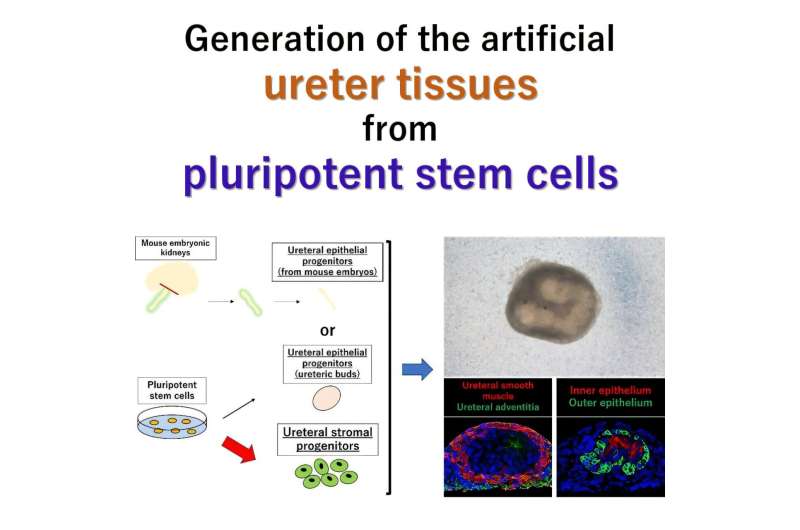The ureter, a critical tube that carries urine from the kidneys to the bladder, has long been missing from lab-grown kidney models. Without it, kidney organoids have lacked the ability to simulate complete organ function, posing a major obstacle to future transplant applications.
Led by Professor Ryuichi Nishinakamura, from the Institute of Molecular Embryology and Genetics, Kumamoto University, the team successfully created ureteral tissues from pluripotent stem cells by integrating induced ureteral stromal progenitors and epithelial components derived from mouse embryos or induced ureteral epithelial progenitors.
When these cell types were combined, they self-organized into three-layered, peristaltically contracting ureteral structures. Some organoids even displayed rhythmic contractions similar to natural urine flow.

